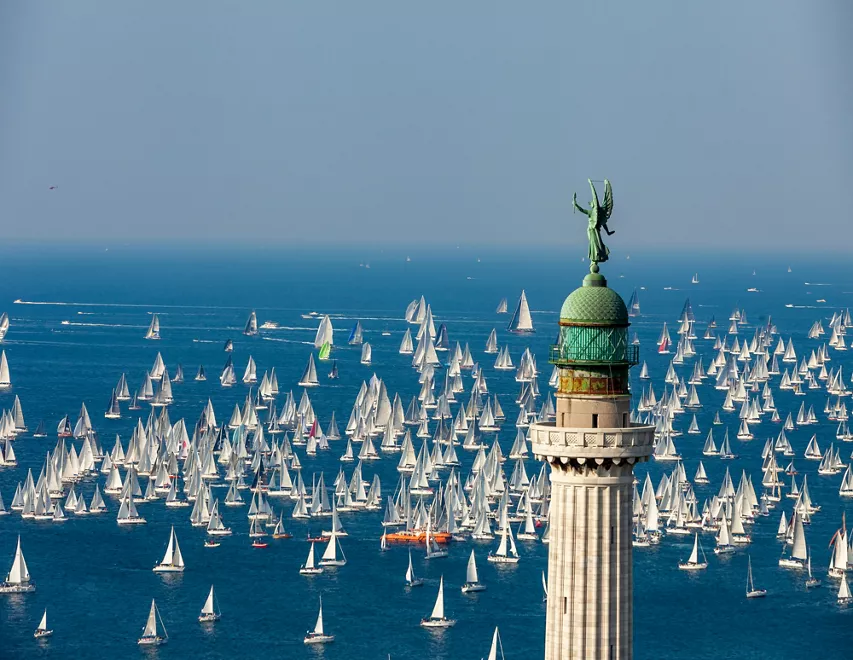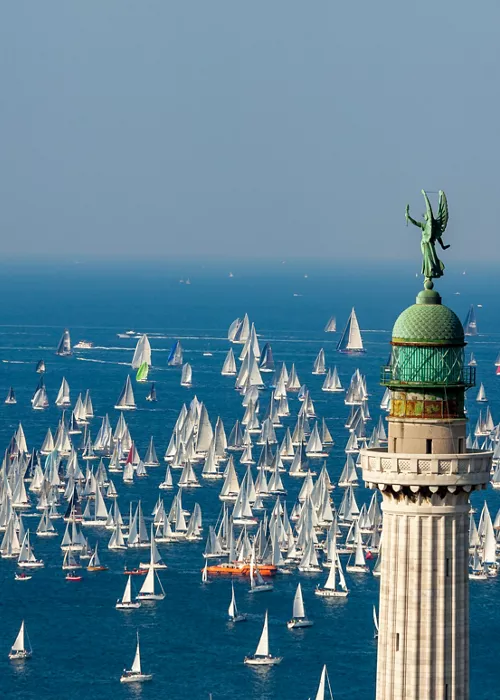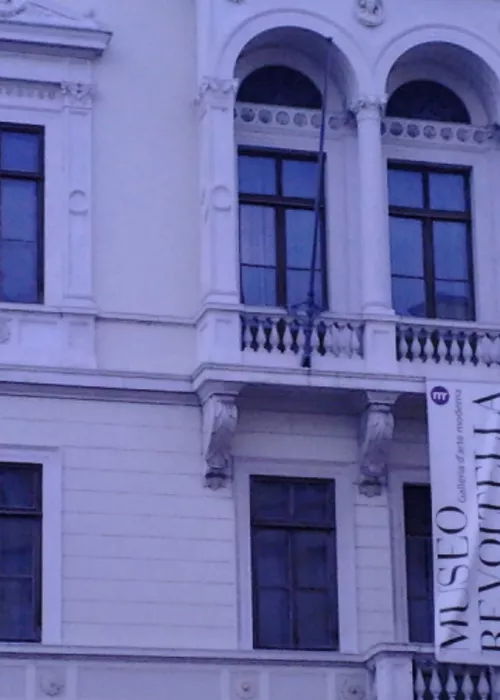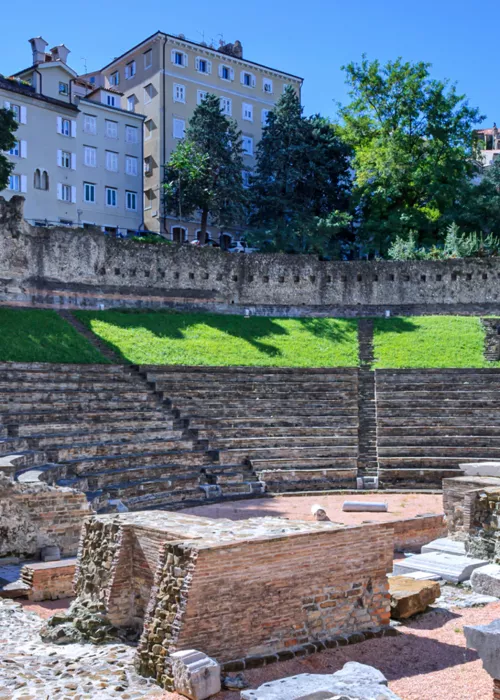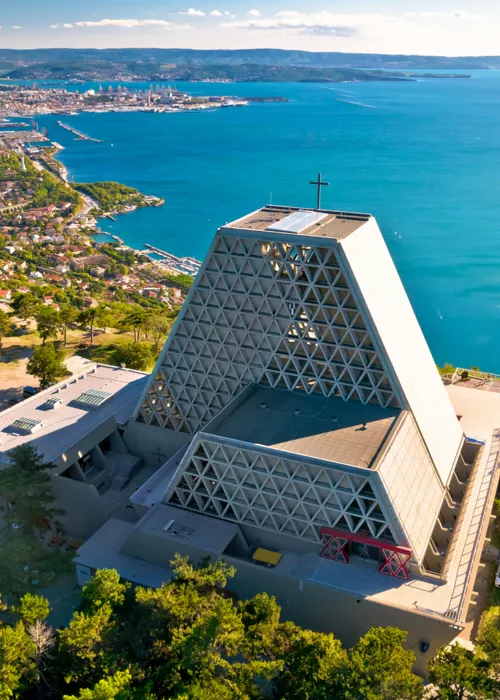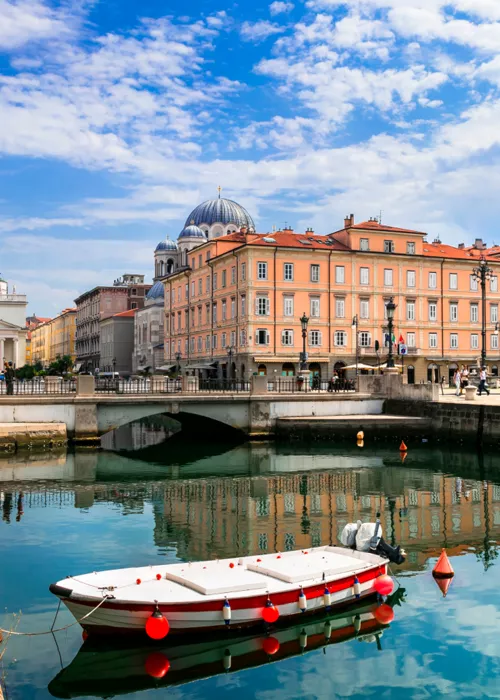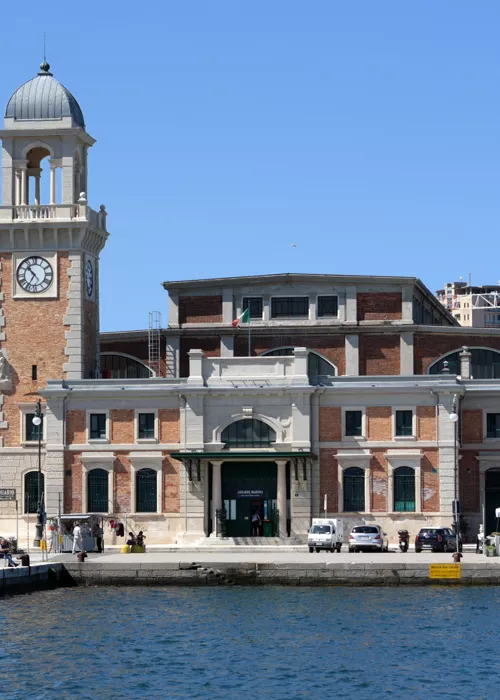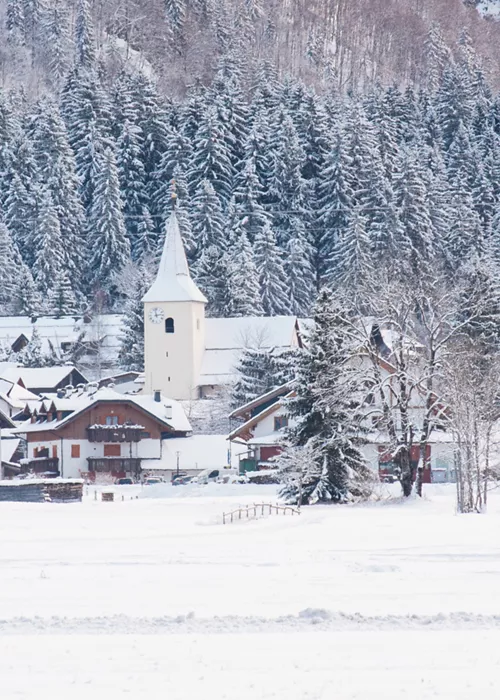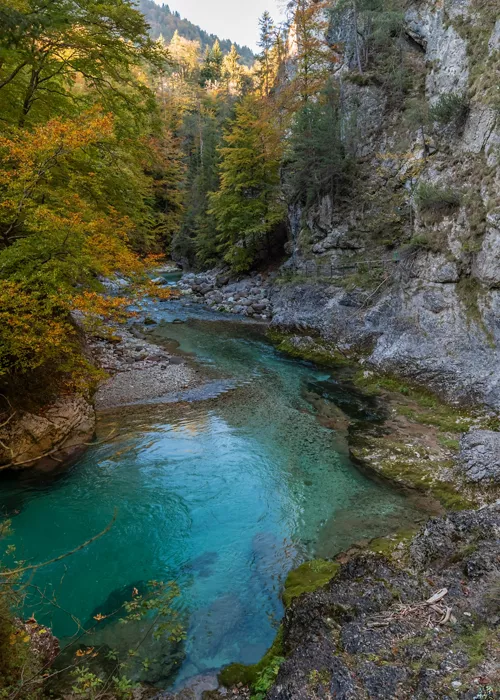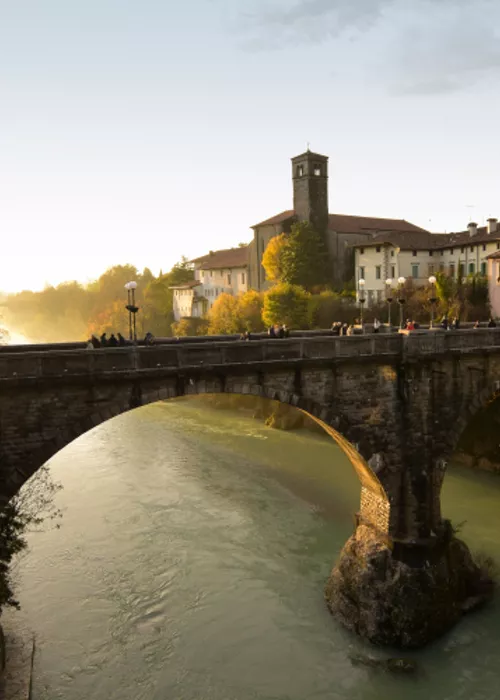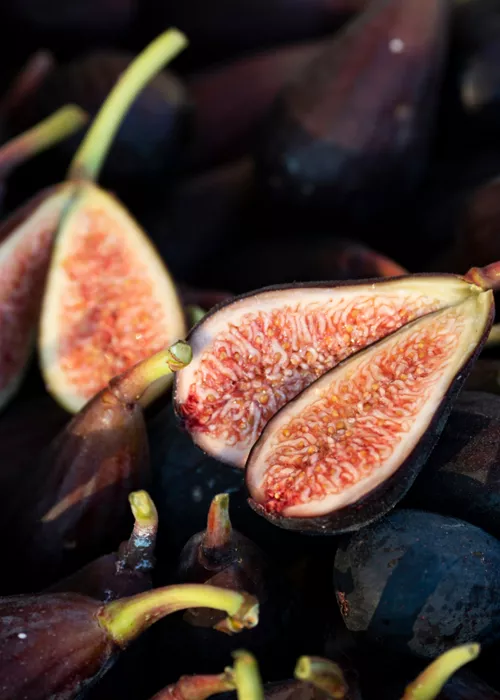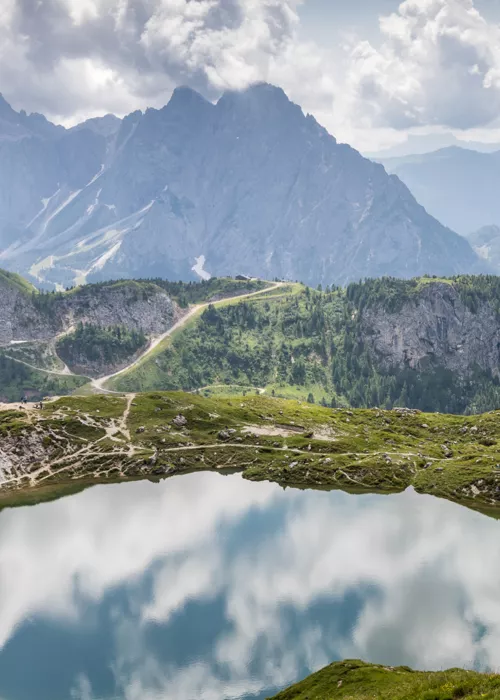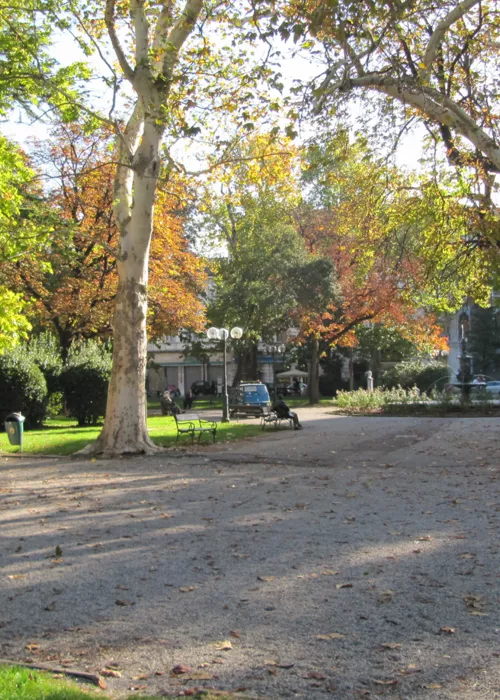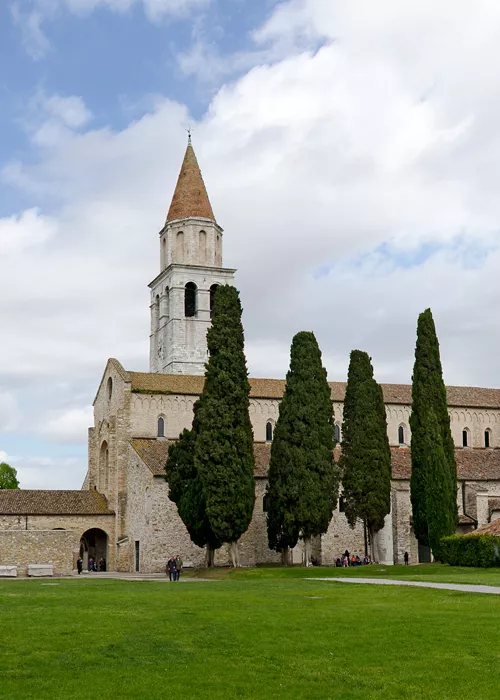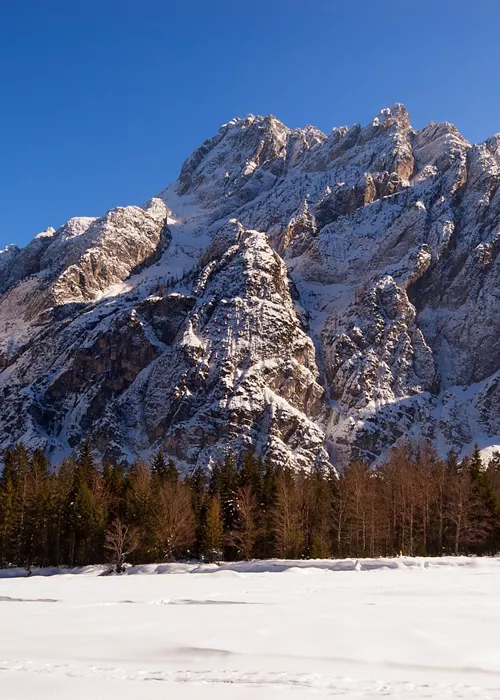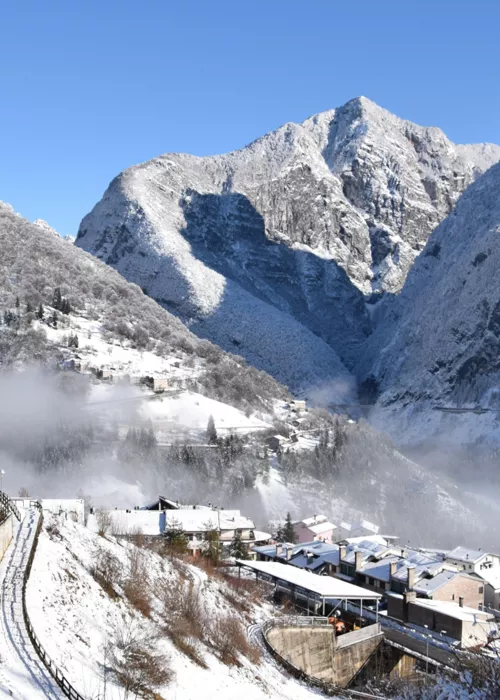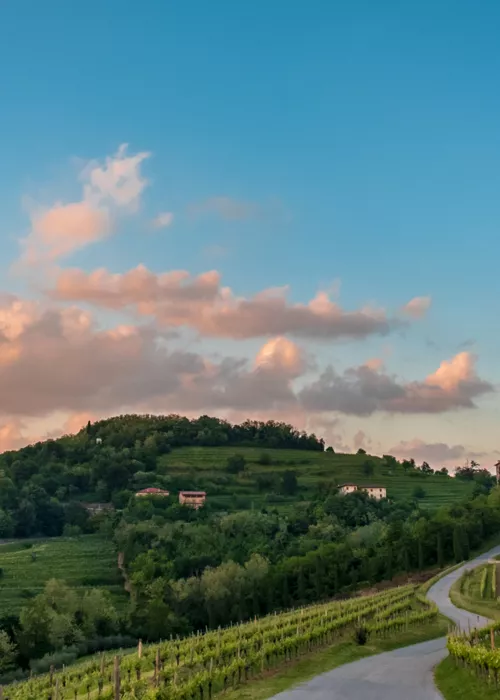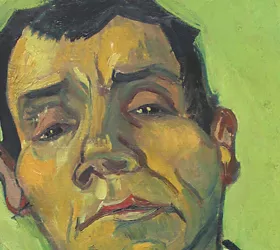Discovering Trieste, a border city with an international soul
4 minutes
Its grand Habsburg past and the mixing of languages, peoples and religions have given it an international flavour, on top of its Central European and Mediterranean soul.
The dry, powerful bora wind sometimes blows, swooping down from the plateau into the gulf, sweeping through the streets and lashing the sea, with gusts that can exceed 150 or 160 kilometres per hour.
Trieste is also the city of coffee, being a free port for its importation since the 18th century. Not only a city of commerce, it is also a culture hub, with charmingly retro literary cafés that once hosted the likes of Italo Svevo, Umberto Saba and James Joyce, and are today frequented by contemporary intellectuals.
History and magic of Trieste
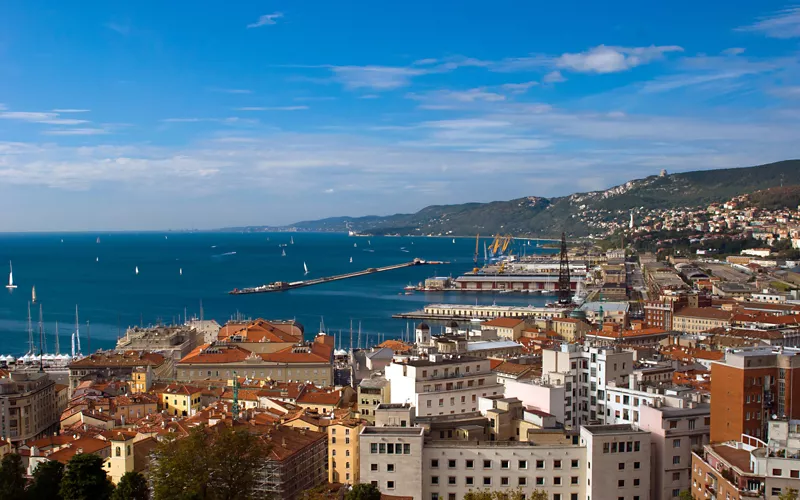
Let’s dive into the history of Trieste: starting from the second millennium BC, the entire province was the site of protohistoric Illyrian settlements. Around 50 BC saw the Roman conquest of Illyria, giving it the name Tergeste, from which Trieste derives. From the beginning of the third century AD, the city was overwhelmed by barbarian invasions. It was established as a free commune in 1300, but in 1382 it sought the protection of Leopold III, Margrave of Austria, connecting with the Habsburg dynasty.
Modern Trieste dates back to 1719: Carlo VI issued an edict decreeing freedom of navigation and opening the door to trade. Exploiting its status as a free port, the city expanded. In the 19th century, prosperity prevailed in Trieste with the Austrian Empire.
In the early 20th century, social unrest troubled Trieste, which sought annexation to Italy. Following prolonged violence, the Savoy army entered Trieste in 1918. The imminent annexation of the city and Venezia Giulia to Italy further escalated relations between the Italians and Slovenians, with armed clashes. The November 1920 Treaty of Rapallo sanctioned the annexation of Trieste to Italy. The period between the First and Second World Wars was marked by economic struggles.
With the introduction of the fascist racial laws in 1938, the cultural and economic life of the city further deteriorated, due to the exclusion of the Jewish community from public life. The Istrian peninsula ceded land to Yugoslavia after the Second World War. Only in 1954, with the signing of the London Memorandum, did Trieste and its hinterland definitively return to Italy.
One of the people to put Trieste on the map was James Joyce, who lived there for a long time, writing and publishing his early works.
What to see in Trieste: 11 unmissable sites
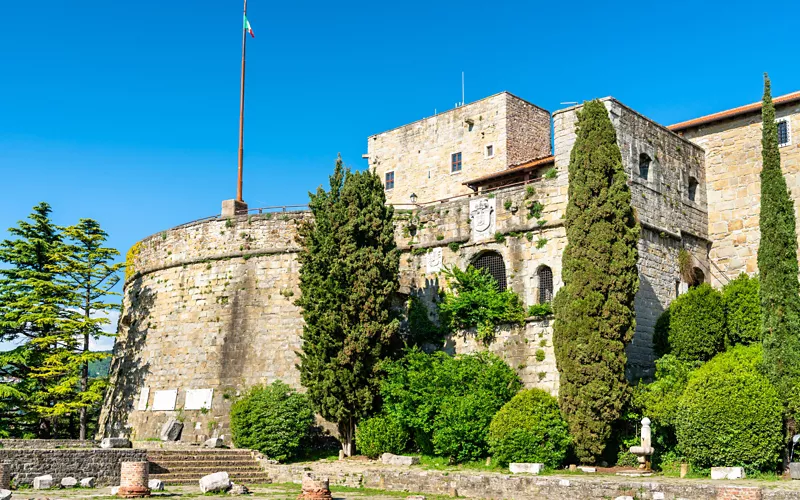
With its fabulous waterfront and astounding neoclassical architecture, Trieste is full of surprises. In addition to the marina, lidos and long beaches, as well as the surrounding Karst vineyards, the historic centre enchants and impresses curious tourists. If you’re wondering what to see in Trieste, here are some unmissable sites.
- the Risiera di San Sabba: an important first stop for history buffs, this is a challenging leap into Trieste's past. A rice-husking factory from 1913 to 1943, the Nazis turned it into a prison camp for the deportation and elimination of partisans, hostages, political prisoners and Jews;
- the Grotta Gigante of Trieste: a spectacular karstic cave almost 100 metres high. Exploring it will take you on a walk of about 850 metres, descending to a depth of 100 metres;
- the Museo Revoltella: a modern art gallery founded in 1872 by Baron Pasquale Revoltella, an important figure in 19th-century Trieste society. On display are works by Giorgio De Chirico and Francesco Hayez, among others;
- the Faro della Vittoria (“Beacon of Victory”): a patriotic monument built in 1923. In addition to commemorating the Italian sailors who fell during the First World War, it also provides spectacular views of Trieste;
- the Castle of San Giusto: an icon of Trieste, commissioned by the emperors of Austria as a fortress to defend and guard the city. Its halls house a museum displaying medieval weaponry;
- the Trieste Piazza Unità d’Italia: a truly unmissable site. Born as Piazza San Pietro, it became Piazza Grande and finally Piazza Unità. The neoclassical, Viennese style of the surrounding architecture is stunning. It is one of the largest squares overlooking the sea in Europe.
If you have time to spare, it is worth visiting the Miramare Castle, the Trieste Roman Theatre, the Cathedral of San Giusto, the Molo Audace and finally Borgo Teresiano, one of the city's most fascinating quarters.
3 ideas on what to do in Trieste
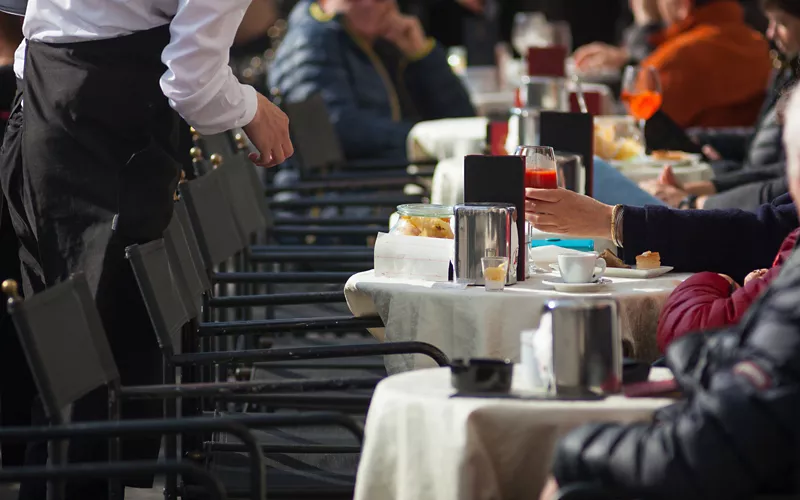
Besides a city tour, there are plenty of options when it comes to what to do in Trieste. Our first recommendation is to visit the historic cafés of Trieste, which have seen many great names in literature pass through their doors. The most popular include:
- Caffè degli Specchi;
- Caffè Tommaseo;
- Café San Marco;
- Café Pirona.
The little ones are sure to love the Trieste Adventure Park, one of the first adventure parks in Italy.
Another popular pastime is shopping in Trieste. There are three pedestrian streets bursting with shops and boutiques:
- the Via San Nicolò/Borgo Teresiano area;
- the Ghetto/Cavana area in Cittavecchia;
- viale XX Settembre.
What to eat in Trieste: 9 unmissable typical dishes
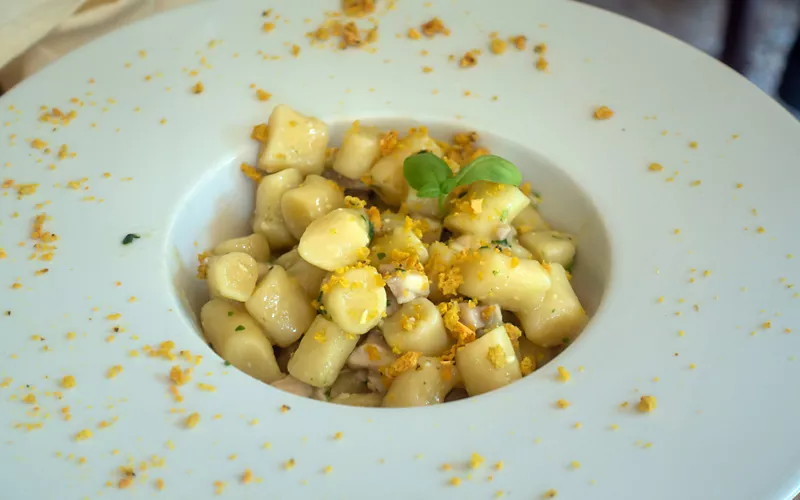
Trieste boasts rich flavours and a unique culinary tradition inspired by dishes from the Balkans and Central and Eastern Europe. What to eat in Trieste? You simply have to try the most typical (and delicious) dishes:
- cevapcici, spiced mixed-meat sausages;
- jota, a soup of sauerkraut, potatoes and beans with pork;
- bread gnocchi, made with stale bread, milk, spices, parsley and speck or ham;
- patate in tecia, spiced and sautéed potatoes.
Other specialities of Trieste cuisine well worth tasting include: pinza, presnitz, putizza, goulash and sardoni in savor.

